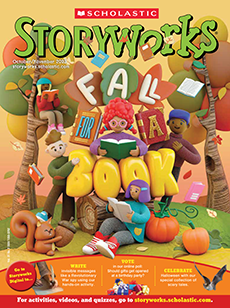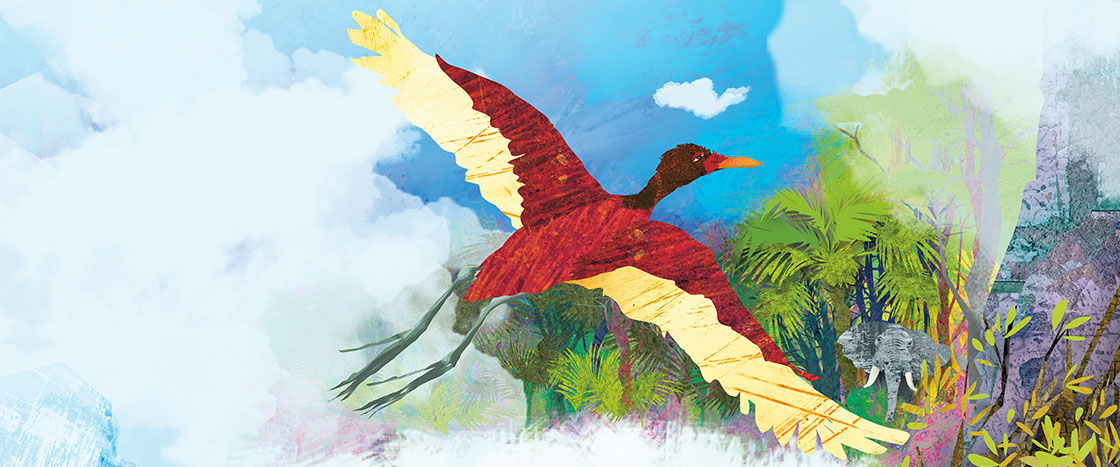No place on earth
is ever undiscovered
Even in Antarctica
where whole mountains are hidden
under ice
penguins already laid shambling tracks
in the snow
before we traveled there
The hottest desert
the deepest jungle
where none of us have ever been
all have been crossed
and crossed again
by wings whirring or silent
feet furred or scaled
hoofed or bare
By adventurers we will never know
explorers who will never tell us
what wonders they have seen
From FOOTPRINTS ON THE ROOF: POEMS ABOUT THE EARTH by Marilyn Singer. Copyright ©2002 by Marilyn Singer. Reprinted by permission of Marilyn Singer.

